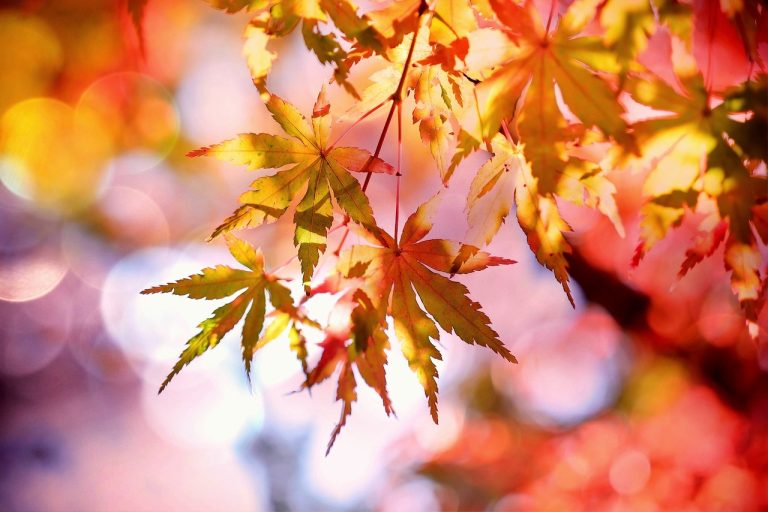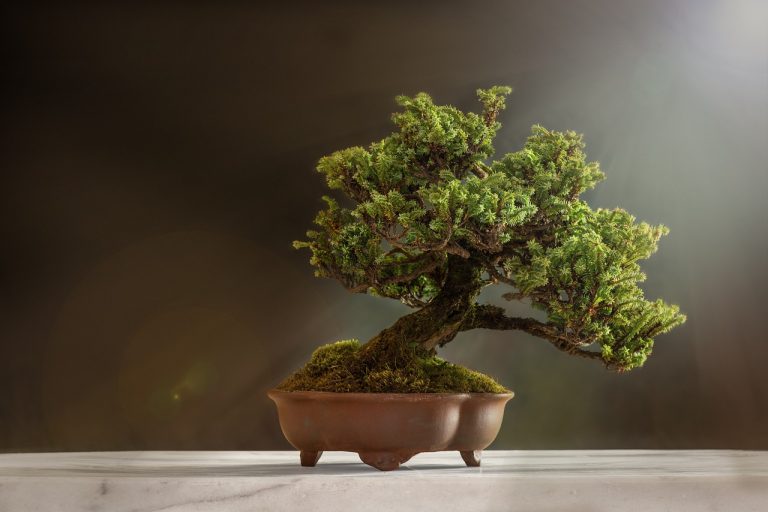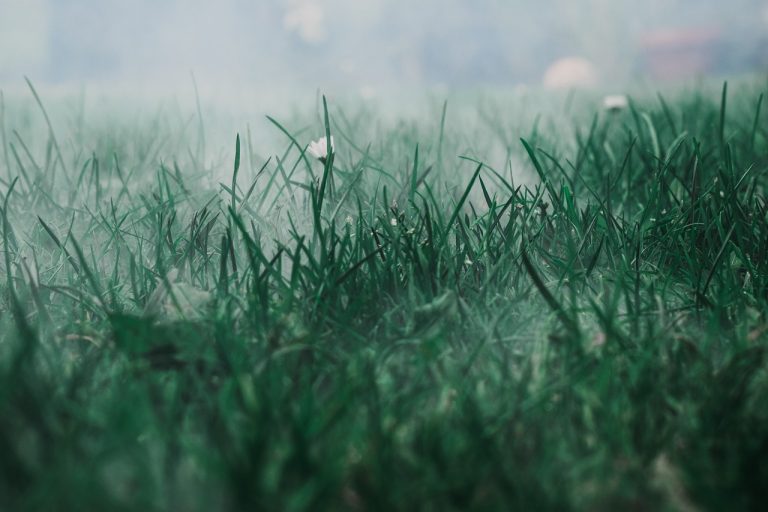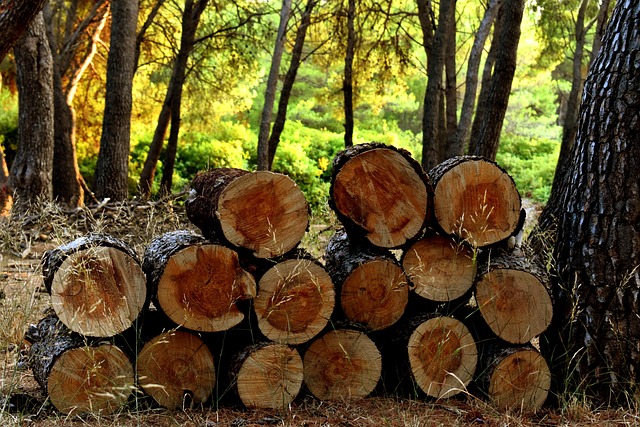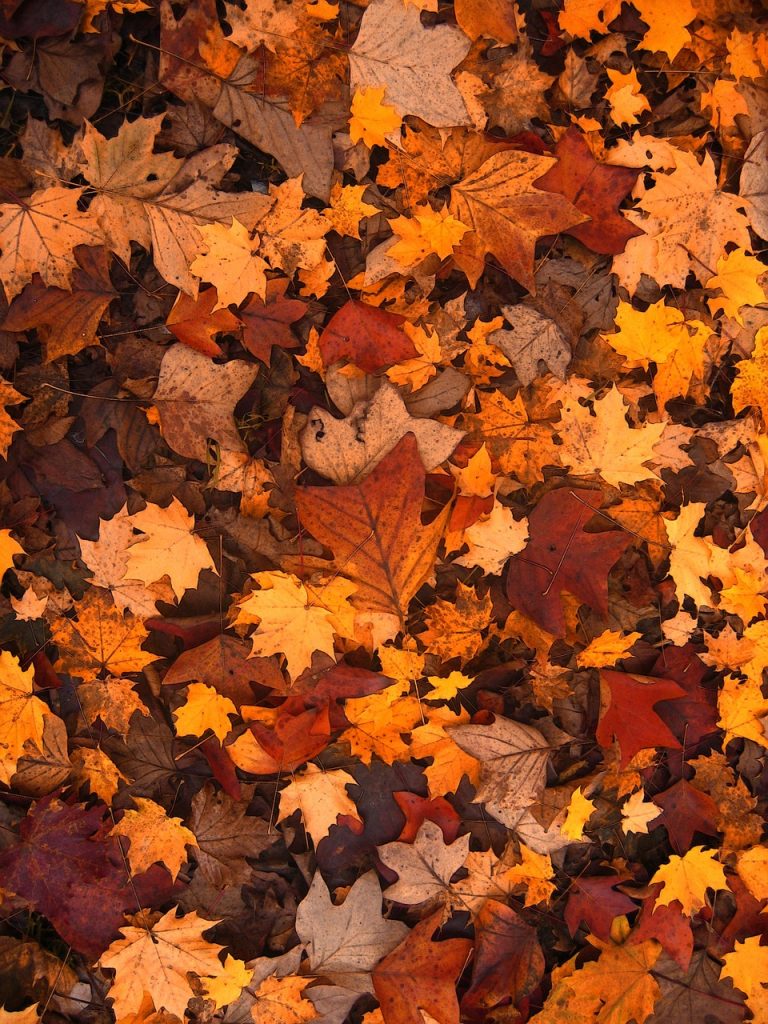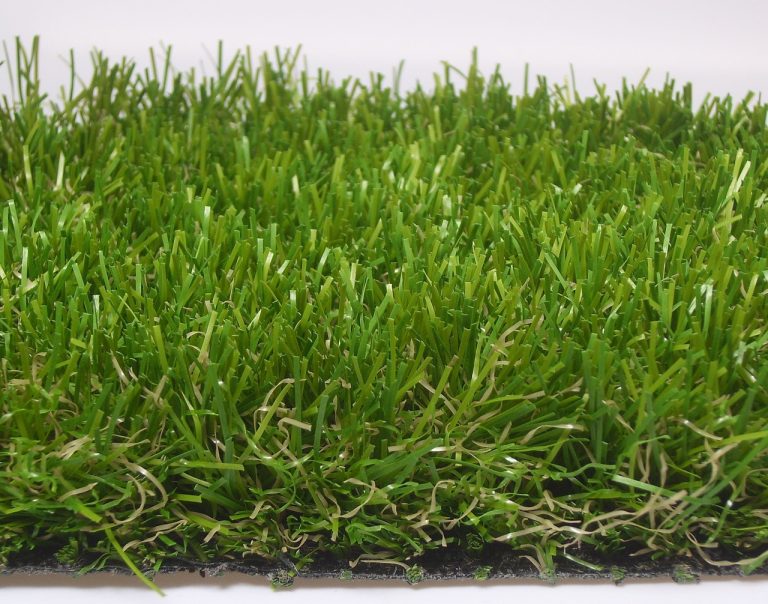GROUND COVER PLANTS OHIO (5 ESSENTIAL TIPS)
“Nestled within the heart of the Midwest, Ohio’s diverse landscapes often hide their botanical treasures beneath the surface – a vibrant tapestry of ground cover plants waiting to be discovered. These unsung heroes of Ohio’s natural beauty not only carpet the state’s fertile soil but also weave stories of resilience, adaptability, and enduring charm.
From the rolling hills of Hocking Hills State Park to the shores of Lake Erie, Ohio’s ground cover plants offer a kaleidoscope of colors, textures, and fragrances, transforming the mundane into a masterpiece. Join us on a journey through the Buckeye State’s lush undergrowth as we unveil the captivating world of ground cover plants in Ohio, where every step is an invitation to explore the rich tapestry of nature’s hidden gems.”
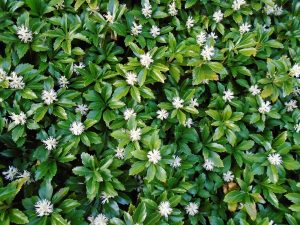
WHY GROUND COVER PLANTS OHIO
“Ground cover plants Ohio are essential for a thriving garden. Ohioans seek these low-maintenance, hardy plants to enhance curb appeal, prevent soil erosion, and minimize weed growth.
With Ohio’s diverse climate, ground cover plants offer year-round beauty, helping homeowners conserve water and reduce maintenance costs. Whether it’s for landscaping, soil stabilization, or creating lush green spaces, ground cover plants in Ohio are a practical and aesthetic choice. Discover the top options for your Ohio garden today!”
GROUND COVER PLANTS IN OHIO: ENHANCING LANDSCAPES WITH LOCAL FLORA
Ground cover plants play a crucial role in landscaping throughout Ohio. They offer an array of benefits, such as preventing soil erosion, conserving moisture, reducing weed growth, and enhancing the visual appeal of outdoor spaces. Ohio’s diverse climate and soil conditions create opportunities for a wide range of ground cover plants to thrive. This article will delve into the various ground cover plants that flourish in Ohio, providing valuable insights for homeowners and garden enthusiasts seeking to elevate their landscapes.
BENEFITS OF GROUND COVER PLANTS IN OHIO
Before we explore specific ground cover plant options, let’s examine the advantages they bring to Ohio landscapes:
SOIL EROSION CONTROL:
Ground cover plants with their dense root systems help bind soil together, preventing erosion on sloped or vulnerable areas.
WEED SUPPRESSION:
By forming a dense carpet-like cover, ground cover plants naturally hinder weed growth, reducing the need for herbicides and manual weeding.
MOISTURE CONSERVATION:
They help retain soil moisture by shading the ground and reducing evaporation, making them a sustainable choice for water conservation.
VISUAL APPEAL:
Ground cover plants offer an attractive and vibrant carpet of foliage, enhancing the overall aesthetics of your landscape.
LOW MAINTENANCE:
Many ground cover plants require minimal care once established, reducing the need for frequent maintenance tasks.
GROUND COVER PLANTS FOR OHIO LANDSCAPES
When selecting ground cover plants for your Ohio landscape, it’s essential to consider factors such as soil type, sunlight exposure, and climate. Here are some popular ground cover options that thrive in Ohio:
CREEPING PHLOX (PHLOX SUBULATA):
This low-maintenance perennial produces beautiful, star-shaped flowers in various colors, making it a vibrant addition to your garden. Creeping Phlox thrives in well-drained soil and prefers full sun to partial shade.
BUGLEWEED (AJUGA REPTANS):
Bugleweed is an excellent choice for shaded areas with moist, well-drained soil. Its dark green foliage and spikes of blue or purple flowers add depth to your landscape.
VINCA MINOR (PERIWINKLE):
Vinca Minor is known for its glossy evergreen leaves and delicate blue or purple flowers. It’s highly adaptable, thriving in various soil types and light conditions.
SEDUM (STONECROP):
Sedums are succulent ground cover plants that tolerate poor soil and drought conditions. They come in various colors and provide year-round interest with their fleshy leaves and star-shaped flowers.
PACHYSANDRA (JAPANESE SPURGE):
Pachysandra is an evergreen ground cover that does well in shaded areas with well-draining soil. It forms a dense carpet of green foliage and requires little maintenance.
LIRIOPE (MONKEY GRASS):
Liriope is a grass-like ground cover that thrives in both sun and shade. It produces spikes of purple or white flowers and is incredibly resilient.
WILD GINGER (ASARUM CANADENSE):
Native to Ohio, wild ginger is an excellent choice for naturalizing woodland areas. It has heart-shaped leaves and inconspicuous flowers.
PLANTING AND CARE TIPS
To ensure the success of your ground cover plants in Ohio, consider the following tips:
PREPARE THE SOIL:
Amend the soil with organic matter to improve drainage and fertility. Conduct a soil test to determine any specific nutrient needs.
SPACING:
Follow recommended spacing guidelines for each ground cover plant to allow for proper growth and coverage.
MULCHING:
Apply a layer of mulch to help retain moisture and suppress weeds until the ground cover is established.
WATERING:
Provide adequate moisture, especially during the establishment phase, but avoid overwatering, which can lead to root rot.
PRUNING:
Trim or prune ground cover plants as needed to maintain their shape and prevent overgrowth.
THE OHIO LANDSCAPE : CHALLENGES AND OPPORTUNITIES
Indeed, Ohio’s landscape and climate offer a mix of challenges and opportunities for gardening, and selecting the right ground cover plants is crucial for successful landscaping. Let’s explore some of the specific challenges and opportunities that gardeners in Ohio may encounter:
CHALLENGES:
TEMPERATURE EXTREMES:
Ohio’s weather can be quite extreme, with hot summers and cold winters. Ground cover plants need to be hardy enough to withstand temperature fluctuations. This means they should be able to tolerate both heat and cold.
PRECIPITATION VARIABILITY:
Ohio experiences variable rainfall throughout the year. Drought conditions can stress ground cover plants during the summer, while excessive moisture can lead to rot and disease. Selecting plants that can adapt to these fluctuations is essential.
SOIL TYPES:
Ohio has a range of soil types, including clay, loam, and sandy soils. Some ground cover plants may thrive in one type of soil but struggle in another. Gardeners need to consider the soil composition in their specific location when choosing plants.
SHADE AND SUNLIGHT:
Depending on your location within Ohio, you may have areas with varying levels of sunlight and shade. It’s essential to select ground cover plants that match the light conditions in your garden or landscape.
OPPORTUNITIES:
NATIVE PLANTS:
Ohio has a variety of native ground cover plants that are well-adapted to the local climate and soil conditions. These plants often require less maintenance and are more resistant to pests and diseases.
SEASONAL INTEREST:
With the changing seasons in Ohio, you have the opportunity to choose ground cover plants that provide year-round interest. Some plants offer colorful foliage in the fall, while others bloom in the spring or summer.
WILDLIFE HABITAT:
Selecting native ground cover plants can also attract native wildlife, such as birds and pollinators, to your garden. This can enhance the biodiversity of your landscape.
EROSION CONTROL:
Ground cover plants are excellent for preventing soil erosion, which can be a concern in hilly or sloped areas of Ohio. They can stabilize the soil and reduce runoff.
LOW MAINTENANCE:
Choosing ground cover plants that are well-suited to Ohio’s climate can lead to a low-maintenance landscape. These plants often require less water and fertilizer and are more resilient against local pests.
SELECTING THE PERFECT GROUND COVER PLANTS FOR OHIO
Selecting the perfect ground cover plants for Ohio is indeed crucial, as the state experiences a range of weather conditions throughout the year. Here are some excellent ground cover plant options that are well-suited for Ohio’s climate:
CREEPING PHLOX (PHLOX SUBULATA):
Creeping Phlox is a fantastic choice for Ohio. It’s a native plant that produces a carpet of vibrant, fragrant flowers in the spring. It’s hardy and can tolerate cold winters while adding a burst of color to your landscape.
VINCA MINOR (PERIWINKLE):
Vinca Minor is an evergreen ground cover that can provide year-round greenery in Ohio. It’s low-maintenance, drought-tolerant, and can thrive in various soil types. It’s an excellent choice for shaded areas as well.
PACHYSANDRA (JAPANESE SPURGE):
Pachysandra is another evergreen ground cover option that does well in Ohio’s climate. It’s tolerant of shade and can create a dense carpet of glossy green leaves. It’s a good choice for areas with poor soil.
LIRIOPE (LILYTURF):
Liriope is a tough, grass-like ground cover plant that can withstand Ohio’s winters. It’s available in both green and variegated varieties and produces spikes of small, lavender or white flowers in late summer.
WILD GINGER (ASARUM CANADENSE):
This native ground cover plant is well-suited for Ohio’s woodland areas. It has attractive heart-shaped leaves and thrives in shaded, moist conditions.
SEDUM (STONECROP):
Sedums are drought-tolerant ground cover plants that come in various species and colors. They are ideal for sunny spots in your garden and can endure Ohio’s hot summers.
HOSTA:
Hostas are shade-loving perennials that work well as ground covers. They have attractive foliage and come in a wide range of leaf shapes and colors. They’re well-suited for Ohio’s climate.
TIARELLA (FOAM FLOWER):
Tiarella is a native ground cover that does well in partial to full shade. It produces delicate, foamy flower spikes in the spring and has attractive foliage.
AJUGA (BUGLEWEED):
Ajuga is a fast-spreading ground cover that produces spikes of blue, purple, or pink flowers in the spring. It’s adaptable to various soil types and light conditions.
CHAMOMILE (CHAMAEMELUM NOBILE):
Chamomile is a low-growing ground cover with fragrant, finely divided leaves. It’s a great option for pathways and can handle light foot traffic.
CARING FOR YOUR OHIO GROUND COVER PLANTS
Caring for ground cover plants in Ohio, or any other region, is indeed crucial for their health and the overall appearance of your landscape. Here are some specific tips for caring for your Ohio ground cover plants:
CHOOSE THE RIGHT GROUND COVER PLANTS:
Start by selecting ground cover plants that are well-suited to Ohio’s climate and soil conditions. Native species are often a good choice as they are adapted to the local environment.
PROPER WATERING:
Watering is one of the most critical aspects of ground cover plant care. Water newly planted ground cover plants regularly, ensuring the soil is consistently moist but not waterlogged. Once established, these plants may require less frequent watering, but it’s essential to monitor moisture levels during dry spells. Deep watering is generally better than shallow watering because it encourages deeper root growth.
MULCHING:
Apply a layer of mulch around your ground cover plants to help retain moisture, suppress weeds, and regulate soil temperature. Mulch also adds organic matter to the soil as it breaks down, which can benefit your plants.
PRUNING AND TRIMMING:
Regular pruning and trimming are essential to keep your ground cover plants looking neat and prevent them from becoming overly dense. Prune dead or diseased branches and trim back excessive growth to maintain their shape. This is particularly important for spreading ground covers that can become invasive if left unchecked.
FERTILIZATION:
Some ground cover plants may benefit from occasional fertilization, but it’s essential not to over-fertilize, which can lead to excessive growth and reduced disease resistance. Follow the specific fertilization recommendations for the types of ground cover plants you have.
WEED CONTROL:
Keep an eye out for weeds that can compete with your ground cover plants for nutrients and space. Regular weeding is necessary to maintain a healthy ground cover bed.
PEST AND DISEASE MANAGEMENT:
Monitor your ground cover plants for signs of pests and diseases. Early detection and treatment are crucial to prevent widespread damage. Use appropriate pest control methods that are safe for your plants, other wildlife, and the environment.
SEASONAL CARE:
Different ground cover plants may have unique seasonal care requirements. Some may benefit from a spring or fall trim, while others may need protection from harsh winter weather. Be sure to research and address the specific needs of your chosen ground cover plants throughout the year.
PROPER SPACING:
When planting ground cover plants, follow recommended spacing guidelines. Planting too close together can lead to overcrowding and reduced airflow, which may invite disease and pest problems.
MONITORING:
Regularly inspect your ground cover plants for any issues or changes in their appearance. Address problems promptly to prevent them from spreading or becoming more severe.
Here are some frequently asked questions (FAQ) about ground cover plants in Ohio:
What are ground cover plants, and why are they important in Ohio?
Ground cover plants are low-growing vegetation that spreads across the ground. They play a crucial role in Ohio by preventing soil erosion, conserving moisture, and enhancing landscape aesthetics.
What are the best ground cover plants for Ohio’s climate?
The choice of ground cover plants in Ohio depends on the region’s climate. Some popular options include creeping phlox, sedum, hostas, and native ferns.
How do I select ground cover plants that are deer-resistant in Ohio?
Deer can be a common issue in Ohio. Consider ground cover plants like lamium, pachysandra, or liriope, which are often less attractive to deer.
Can I use ground cover plants for erosion control on slopes in Ohio?
Yes, ground cover plants are excellent for erosion control on slopes. Species like creeping juniper, vinca, and ornamental grasses are ideal choices for this purpose.
When is the best time to plant ground cover in Ohio?
Spring and early fall are generally the best times to plant ground cover in Ohio when the soil is moist and temperatures are moderate.
How do I care for ground cover plants during Ohio’s harsh winters?
To protect ground cover plants during winter, consider mulching them to insulate the soil and prevent heaving. Some may also benefit from a burlap or frost cloth cover.
Can I use ground cover plants to replace my lawn in Ohio?
Yes, you can use ground cover plants as an alternative to traditional lawns. Consider low-maintenance options like clover, creeping thyme, or groundcover sedums.
Are there native ground cover plants that support Ohio’s wildlife?
Yes, several native ground cover plants, such as wild ginger and foamflower, support Ohio’s wildlife by providing food and habitat for local species.
How do I control weeds when using ground cover plants in Ohio?
Weed control is essential. Using mulch and installing landscape fabric beneath the ground cover can help minimize weed growth. Regular maintenance is also crucial.
Can I mix different types of ground cover plants in my Ohio garden for a diverse look?
Yes, mixing various ground cover plants can create a visually appealing and ecologically diverse landscape. Just ensure they have compatible growth requirements.
Are there ground cover plants suitable for shaded areas in Ohio?
Absolutely. Ground cover options for shaded areas in Ohio include hostas, ferns, ajuga, and sweet woodruff.
What ground cover plants attract pollinators to my Ohio garden?
Plants like creeping thyme, creeping phlox, and sedum are not only attractive ground covers but also attract pollinators like bees and butterflies.
Can I use ground cover plants to improve soil quality in Ohio gardens?
Yes, certain ground cover plants, like clover and creeping charlie, can help improve soil quality by fixing nitrogen and preventing soil erosion.
Are there any ground cover plants in Ohio that are invasive and should be avoided?
Yes, some ground cover plants, like English ivy and Japanese pachysandra, can become invasive in Ohio. It’s essential to research and choose non-invasive options.
Where can I purchase ground cover plants in Ohio?
You can find ground cover plants at local nurseries, garden centers, and even online retailers that ship to Ohio. Be sure to choose plants suited to your specific region within the state.
CONCLUSION
Ground cover plants play a vital role in enhancing the beauty and functionality of Ohio’s landscapes. Whether used to control erosion, suppress weeds, or simply add aesthetic appeal, these resilient and versatile plants are a valuable addition to any garden or outdoor space in the Buckeye State.
With their ability to thrive in Ohio’s diverse climate and soil conditions, ground cover plants offer a sustainable and low-maintenance solution for both homeowners and landscapers alike. By selecting the right ground cover species and properly maintaining them, Ohioans can enjoy the many benefits that these plants bring to their yards and gardens, from improved soil health to reduced water usage and increased biodiversity. In the quest for sustainable and beautiful landscapes, ground cover plants are undoubtedly an essential component in Ohio’s horticultural palette.


